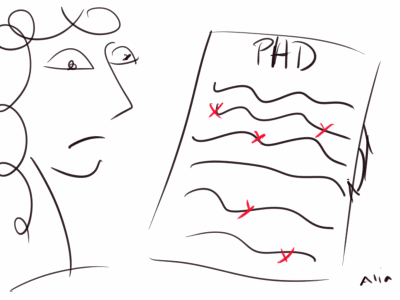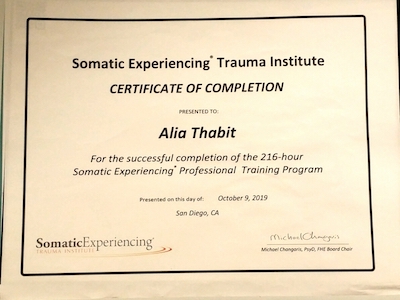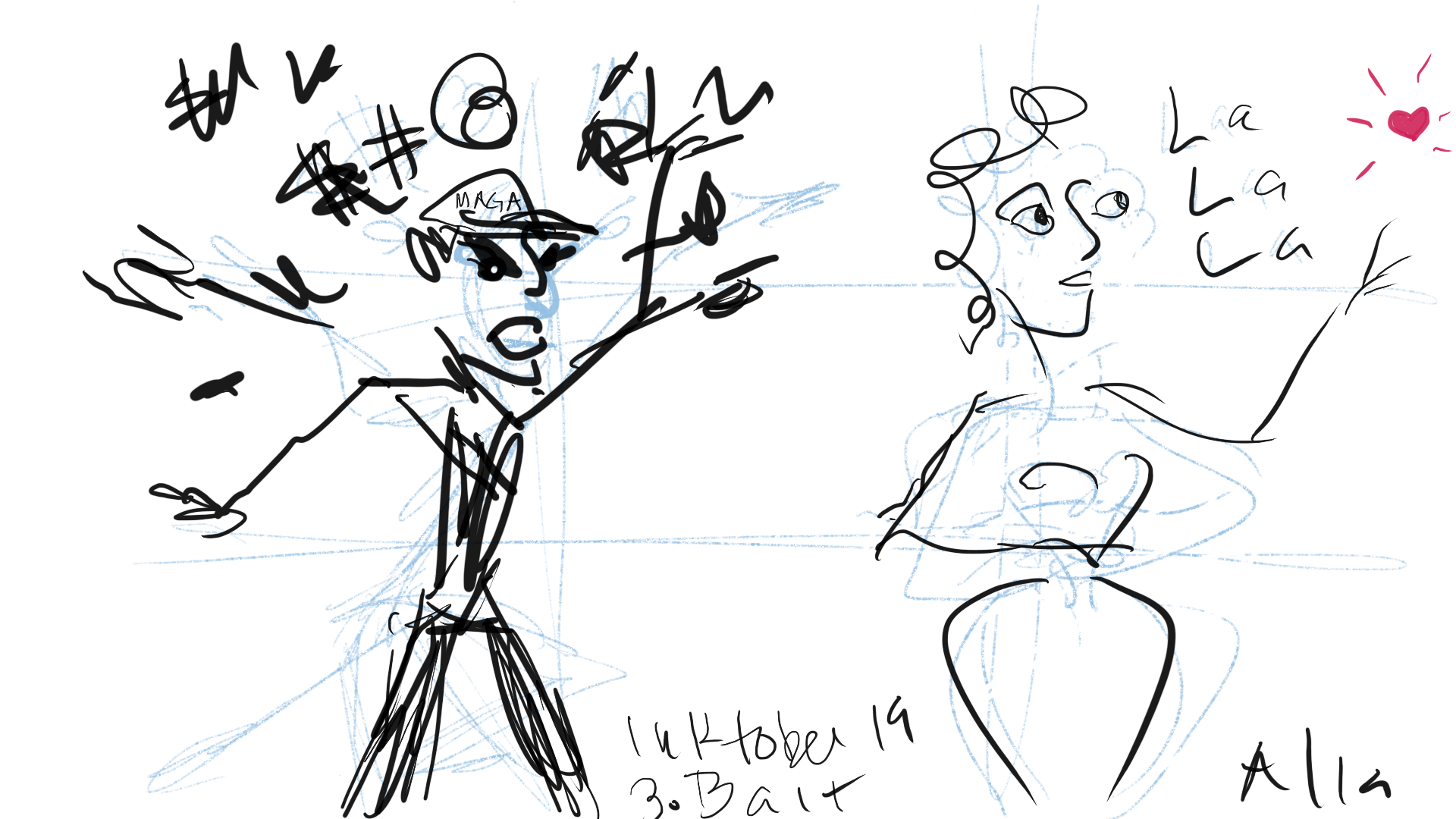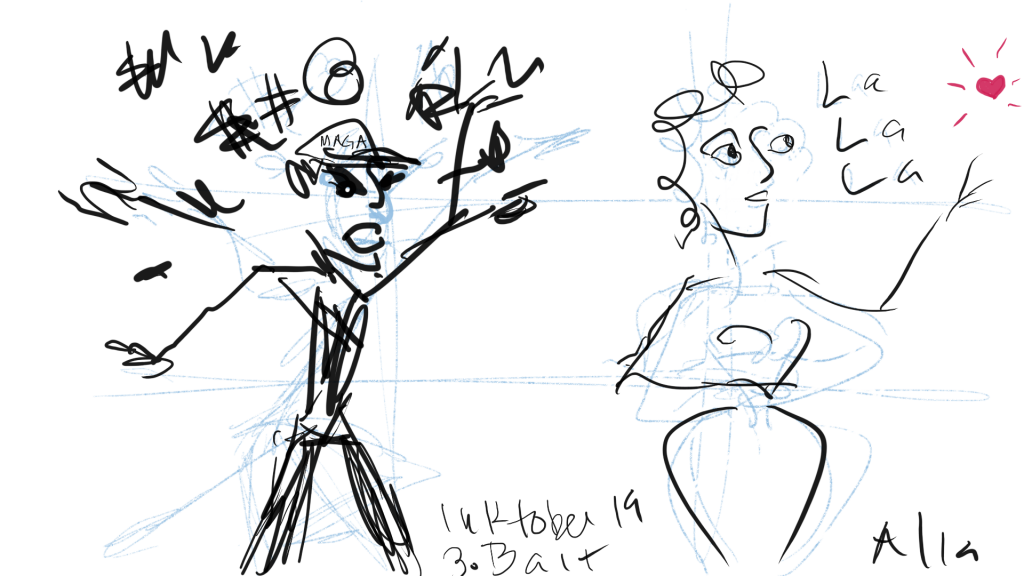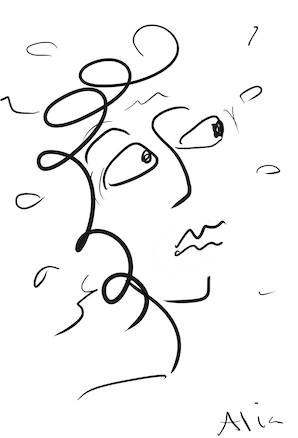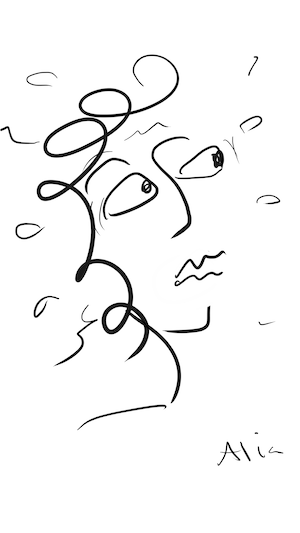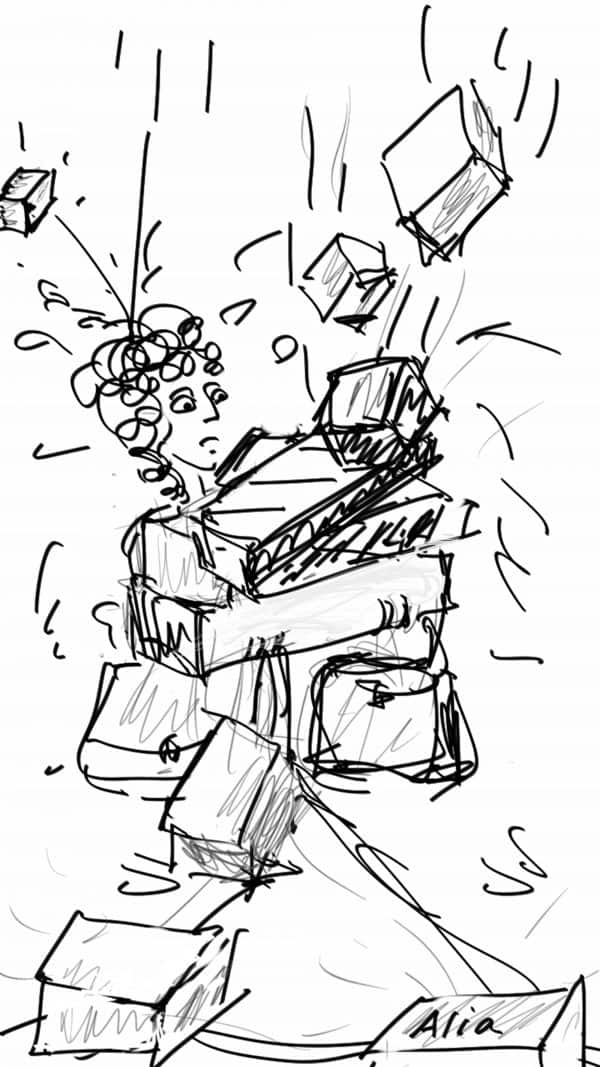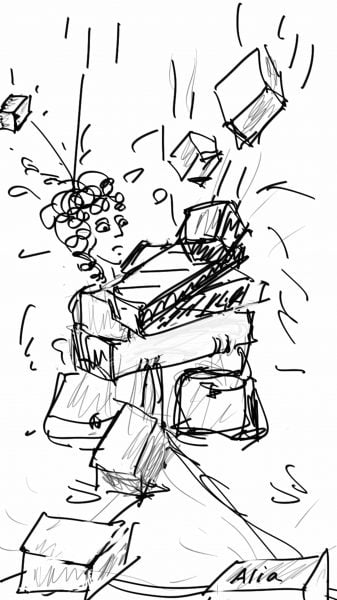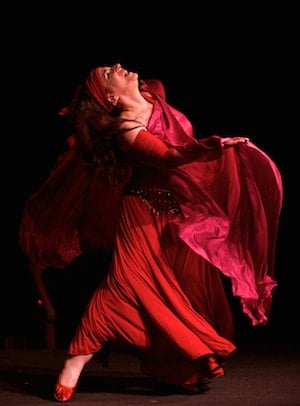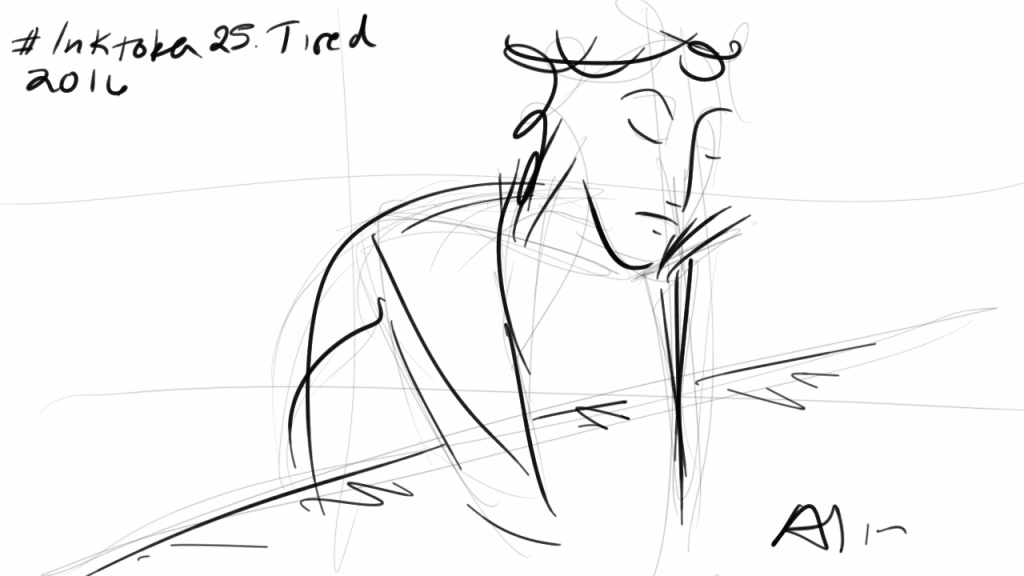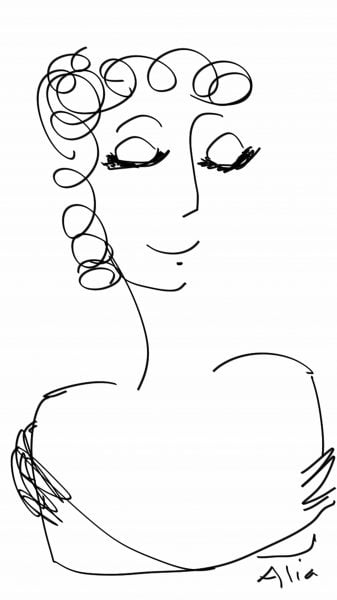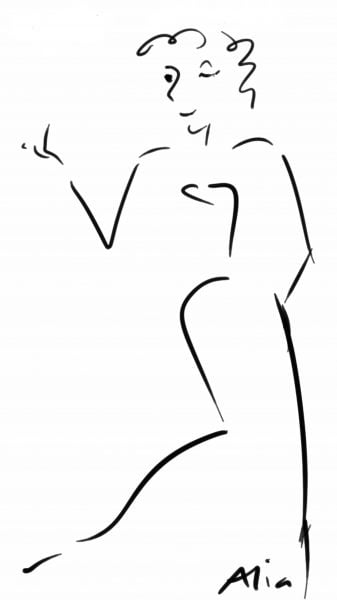When I was 16 or 17, I danced at the local block party. It was my first performance, ever. My homemade costume took weeks. I made a grand entrance from the big doors on the parlor floor of my house and danced down the front steps. I did floorwork in the street. Lots of people gathered, and everyone cheered. It was a big hit. I was happy.
A friend filmed the show (we didn’t have video back then). A few weeks later, we all sat down to watch the movie.
Imagine my horror when the film brought back every moment of worry. I was paralyzed by shame. All the fun memories were smashed by the anxiety the film ignited. And this was only my first performance. Over so many years, even when a show felt great and I I got great response from the guests, when I saw the video, I cringed.
It’s taken most of my life to enjoy my own performances. I’d like to help you enjoy yours–now.
What is self critique?
Self critique means looking at our own work with the intention of understanding its strengths and weaknesses. We see what we are doing well, and where we could improve. Take special note of that last sentence—strength as well as weakness. The problem is, most of us have no idea about our strengths, since all we ever see are our weaknesses.
Why self critique?
Why not just ask our teachers and friends to give us advice? Certainly teachers who know more than we do could do a better job of diagnosing our dance and offering solid advice.
We might like doing it ourselves.
Self-critique gives us a lot of control. We can take our time and analyze what worked and what didn’t from our perspective, based upon what we wanted to accomplish. It happens on our own time, when we are ready to do it. While it is incredibly helpful to get honest, unbiased feedback from a mentor or peer, no one needs judgmental comments made by folks who don’t “get” what we are doing.
We may not have reliable mentors/friends.
Thanks to the internet, many of us have learned to dance through videos. We don’t have any friends or teachers that we can easily ask for feedback. It’s fine to ask a random pal what they thought, but they may not know enough about what we are trying to do to give us actionable feedback.
Or we may have plenty of dancer peeps, but we may have outgrown their level of expertise. Or their objectivity may be compromised by their own baggage. It’s challenging to get critique from someone who feels threatened by us, or is obsessed with minor issues of correctness.
Plenty of people will tell us what we did wrong.
But not so many will celebrate what we did right. So we are going to learn to do this for ourselves.
The key is objectivity.
This means we have a set of criteria that can be applied across the board to help us measure our accomplishments. AND we have to know which elements are most important—because, frankly, having a good time is more important than whether your hip scarf was tucked just so. Yet so many of us feel a dance was ruined because of some little glitch! If the dance reaches the guests, they never notice that hip scarf, except in the briefest of passing moments. So our tasks are
• Develop a set of objective criteria
• Rank these from most to least important (you may be surprised)
• Apply them as tools to help us focus and improve our dance.
What’s really great about this set of elements is that they are helpful to teachers as well. This is why I developed the course Focus on the Feeling (FoF 😉
FoF is special
Fof helps dancers learn self-critique. It helps us develop an objective view. It helps us help our dance friends, too. AND it helps teachers learn to value strengths and provide more compassionate, productive help for their students.
There are five weeks of classes. Each one focuses on a different tool. All the tools work together–and you can use them for more than dance–in fact, you can assess pretty much anything.
FoF is also special because it is hosted on a private forum. No Facebook groups! It features daily accountability, daily instructor interaction (that’s me ; ), and a fun group of like-minded dancers.
I’ve been teaching critique for over twenty years
I had to learn to help my own students. And now I’m here to help you–and your students ; )
It all starts next week… Focus on the Feeling
Love,
Alia
And of course, there’s more!
The Bellydance Bundle
Yes, the Bundle is back ; ). Better than ever, too. Available Oct 16-24.
Focus on the Feeling
FoF starts Monday, Oct 21–right around the corner! Compassionate, productive critique is such a useful skill in our dance. If you’d like to join, please do! This is one of my favorite classes.
ACE Mastermind
This past summer (here in the US) five of us piloted the Artist’s Creative Expression (ACE) Mastermind. It was a happy success, so much so that it is now going public! If you would like to be involved, there is still room! We’ll start up in late Oct or early Nov and go through the end of the year.
FUN Classes
FUN classes are just that–FUN. They are a one-hour, improv-focused, follow-me, vacation form the real world. The current crop begins Thursday Oct 24. These are available here.
FREE Fun Class
We will also have FREE live Fun Class open to the public on Thursday, Oct 17 at 7PM EDT (a recording will be available until to stream until Weds, Oct 23). Please do come, and feel free to invite your friends. Here is the link to sign up: https://alia-thabit.ck.page/free-fun-class
